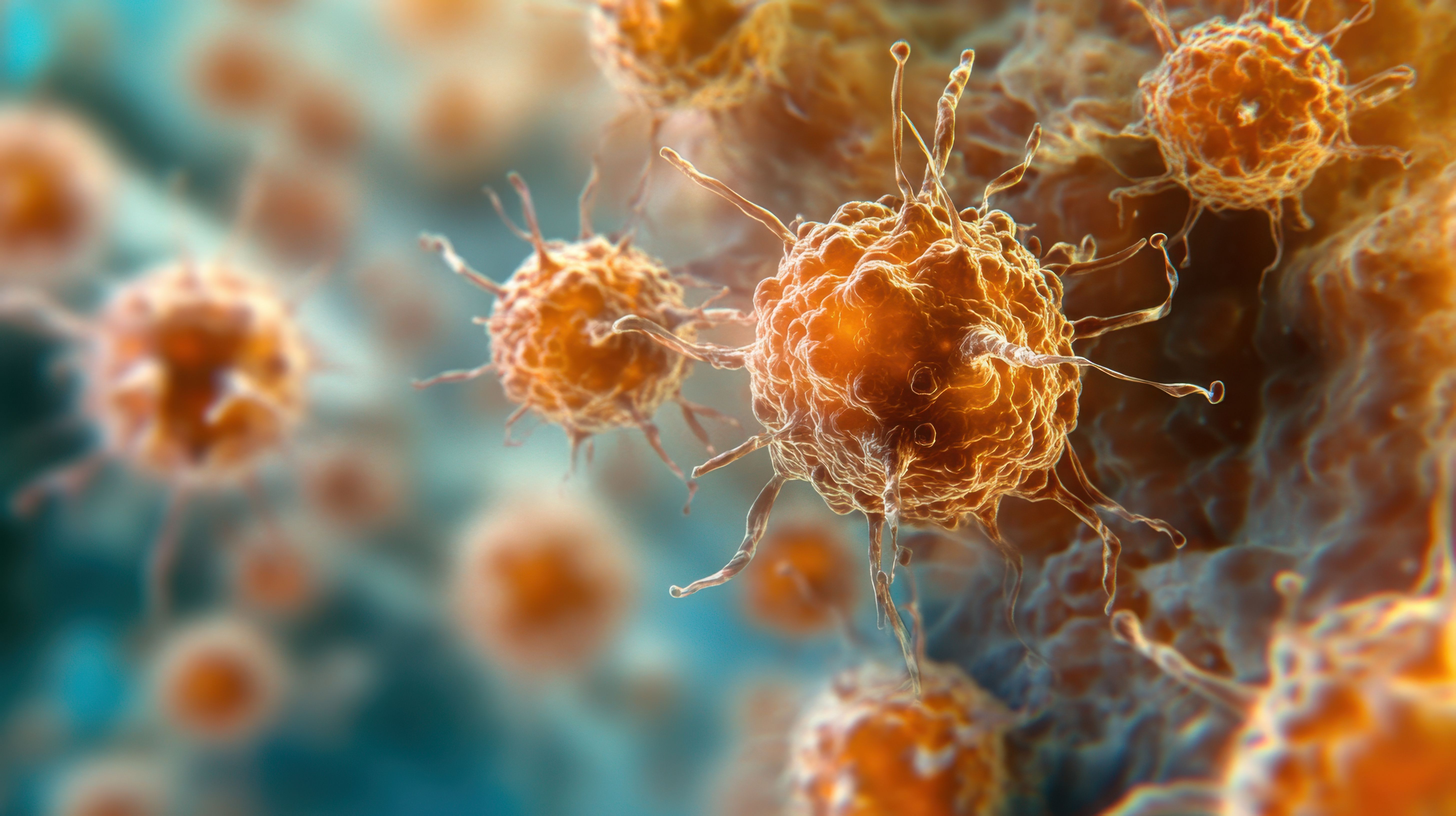“Migraine is not a hysterical women’s problem. It is a real disabling neurological disease,” Melissa Rayhill, MD, FAAN, associate professor of neurology at the University of Buffalo Jacobs School of Medicine said in a session at the American Academy of Neurology (AAN) 2024 Annual Meeting. “It’s not just a headache.”
Rayhill added that migraine is associated with neurological, sensory, autonomic, vestibular, cognitive, and gastrointestinal symptoms, which makes it more of a “whole body phenomenon.” Migraine is also very common, with over 47 million Americans experiencing migraines, and 10% of school-age children experiencing them. It is also the leading cause of disability for adults under the age of 50 worldwide, with the prevalence peaking during working years, Rayhill added.
For a migraine diagnosis, patients must have 5 or more attacks that last from 4 to 72 hours, with at least 2 of 4 symptoms, including unilateral location, pulsating quality, moderate or severe intensity, and aggravation caused by or causing avoidance of routine physical activity. Rayhill said that avoidance can be defined in different ways. Some patients may feel like they cannot go to the gym after work, Rayhil said in an example, but they “push through it.” She added that it is important to understand what the body is telling patients, even if they still go to the gym or are able to push through symptoms. Further, migraine is accompanied by 1 or more symptoms, including nausea and/or vomiting, photophobia, and phonophobia, according to Rayhill.
Chronic migraine, or tension type headache, consists of 15 or more headache days per month for more than 3 months, with 8 or more days a month for the full criteria for migraine and is believed by the patient to be a migraine onset and is relieved by a triptan or ergot derivative. There are also common diagnostic pitfalls for migraine, including sinus headaches, cervicogenic headaches, and tension headaches.
Rebecca Burch, MD, assistant professor of neurology at the University of Vermont Larner School of Medicine, discussed types of acute treatment for migraine, including gepants and ditans, which are newer classes of medication. Rimegepant (Nurtec ODT; Pfizer) 75 mg orally is a dissolving tablet that can be used as acute treatment and zavegepant (Zavzpret; Pfizer) 10 mg is a nasal spray, but there is no repeat dose recommended for either medication. Ubrogepant (Ubrelvy; AbbVie) is a 50 mg or 100 mg oral tablet that does allow for a second dose per 24-hour period. She added that sometimes insurance requires 2 triptans before trying these newer classes of medication; however, insurance companies might cover the newer class due to contraindications such as cardiovascular disease or uncontrolled hypertension.
Gepants are better tolerated than triptans, Burch said. In clinical trials, there were low rates of nausea at 4% and somnolence at 4%. However, there was a higher rate of dyegeusia with the zavegepant nasal spray, she added. Further, she said gepants are not believed to contribute to overuse headache, with rimegepant being approved for the prevention of migraine as every other day dosing.
Burch also highlighted lasmiditan (Reyvow; Eli Lilly and Co), a 5HT1F receptor. She said lasmiditan is a good choice for patients who do respond to triptans but might not be able to take the medication due to the contraindications. Adverse effects included dizziness, paresthesia, somnolence, fatigue, nausea, and lethargy. Furthermore, a major caveat for the medication is patients should not drive for 8 hours after use, even if they feel fine, therefore, it should be used at nighttime or as a rescue.
Additionally, the use of rescue therapy should be considered for individuals with significant nausea or vomiting, rapid onset headache, intermittent treatment failure, or at least 1 emergency department visit for migraine. Burch added that non-oral formulations might be best for patients who cannot absorb the medication in the gastrointestinal (GI) tract due to vomiting, which can include injections, nasal sprays, phenothiazine suppositories, and indomethacin suppositories.
Butalbital combinations and opiates should also be avoided and never used as a first line, according to Burch. However, Burch noted that there are rare cases in which these can be used as a rescue medication. Further, other medications have been used, such steroids, especially for prolonged refractory migraine status (migrainosus, which is defined as more than 5 days).
When choosing the right treatment option for patients, Burch added that the speed of onset, severity, and GI symptoms should be considered. Choosing new treatment options should also be considered when there are contraindications or when there is inadequate response or inability to tolerate 2 or more oral triptans.
Key Takeaways
- Migraine is a complex neurological disease, not just a headache. It causes various symptoms like nausea, light sensitivity, and cognitive issues.
- Multiple treatment options are available for migraine attacks and prevention. Newer medications with fewer side effects and non-invasive approaches like acupuncture are showing promise.
- Shared decision-making between doctor and patient is crucial. Treatment should be personalized based on individual needs and preferences.
There are also non-pharmacological options for the treatment of migraine, according to Deena Kuruvilla, MD, medical director of Westport Headache Institute at Westport, Connecticut. These can include acupuncture, cognitive behavioral therapy, biofeedback, relaxation training, and mindfulness-based stress reduction. Some evidence-based lifestyle medications for the prevention of migraine can include exercises use at high intensity, which can reduce headache frequency, severity, and duration; adequate sleep, which can decrease headache frequency; and nutrition, such as avoiding fasting or skipping meals and maintaining hydration.
For prevention with pharmacological interventions, there are many options for patients, including atogepant (Qulipta; AbbVie), onabotulinumtoxinA, topiramate, and rimegepant, as well as others, explained Burch. However, Burch said the AAN plans to release treatment guidelines for migraine, so information should be updated.
Yet, according to the presenters, nothing is more important than personalized treatment and shared decision-making when creating a treatment plan for patients. Other aspects of personalized treatment can include headache features, evaluation of comorbidities, medication interactions, and patient preferences.
“Shared decision making should be one of the most important things you should do when selecting a patient’s therapy,” Rayhill said. “Some folks might be medication adverse, and some folks are going to be really worried about ‘how many days can I treat with an acute therapy?’ So, getting a sense of what your patients’ needs are is really important, and then hearing from them about what’s important to them, what side effects are tolerable, and what are intolerable.”
Reference
Rayhill M, Burch R, Kuruvilla D. Comprehensive Migraine Update: Advances in Acute, Preventive, and Cognitive Behavioral Therapies. Presented at: American Academy of Neurology 2024 Annual Meeting; Denver, Colorado. April 13-18, 2024.







